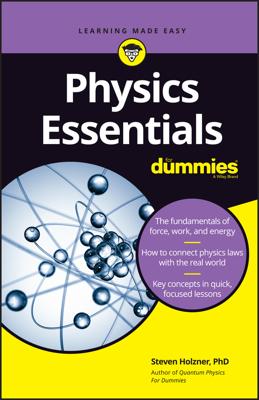There are some physics concepts that you need to be familiar with to understand string theory. First, look at the history of a fundamental principle in physics: the conservation of mass.
Antoine-Laurent Lavoisier’s work in the 18th century provided physics with another great insight into matter. Lavoisier and his wife, Marie Anne, performed extensive experiments that indicated that matter can’t be destroyed; it merely changes from one form to another.
This isn’t an obvious property. If you burn a log, when you look at the pile of ash, it certainly looks like you have a lot less matter than you started with. But, indeed, Lavoisier found that if you’re extremely careful that you don’t misplace any of the pieces — including the pieces that normally float away during the act of burning — you end up with as much mass at the end of the burning as you started with.
Over and over again, Lavoisier showed this unexpected trait of matter to be the case, so much so that we now take it for granted as a familiar part of our universe. Water may boil from liquid into gas, but the particles of water continue to exist and can, if care is taken, be reconstituted back into liquid. Matter can change form, but can’t be destroyed (at least not until nuclear reactions, which weren’t discovered until well after Lavoisier’s time).
As the study of matter progresses through time, things grow stranger instead of more familiar. The modern understanding of matter is that we are composed mostly of tiny particles that are linked together with invisible forces across vast (from their scale) empty distances. In fact, as string theory suggests, it’s possible that even those tiny particles aren’t really there — at least not in the way we normally picture them.

